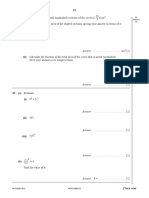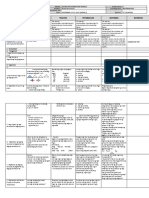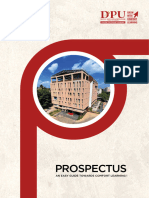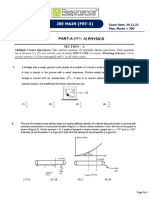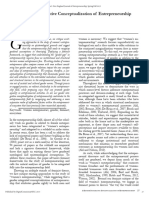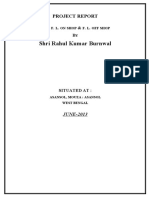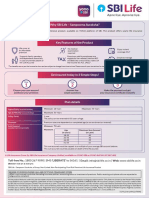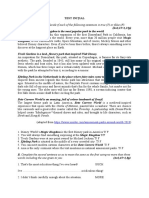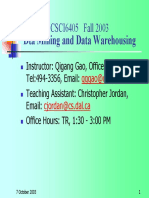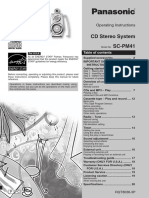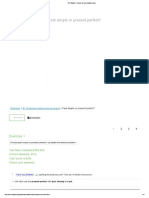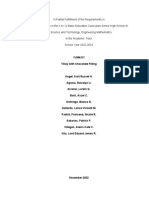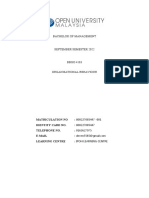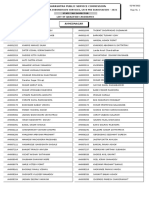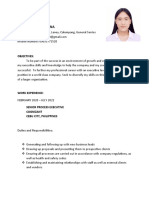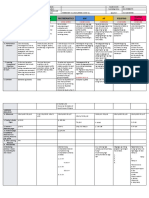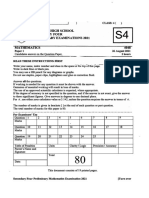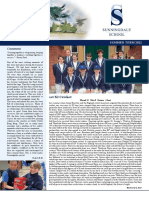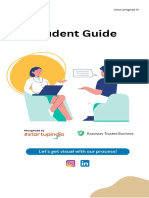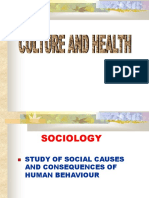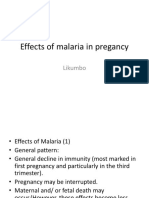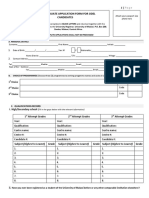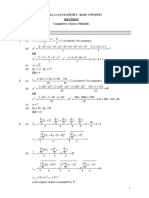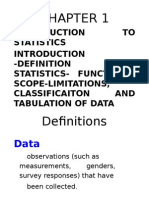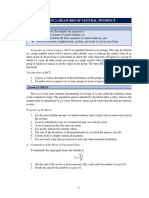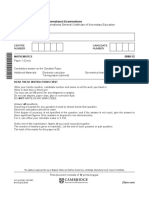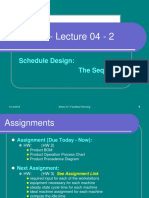0% found this document useful (0 votes)
252 views23 pagesMaths Module 5 Summary Notes
This document provides teaching procedures and notes for introducing time concepts like hours, half past, quarter past/to using analog clocks. It includes assignments on time units, advantages/disadvantages of standard and non-standard time units, and potential student misconceptions. Procedures are also outlined for teaching 2D and 3D shapes, circles and their parts, lines, angles, and triangles through practical activities using real-world objects.
Uploaded by
Malack ChagwaCopyright
© © All Rights Reserved
We take content rights seriously. If you suspect this is your content, claim it here.
Available Formats
Download as PDF, TXT or read online on Scribd
0% found this document useful (0 votes)
252 views23 pagesMaths Module 5 Summary Notes
This document provides teaching procedures and notes for introducing time concepts like hours, half past, quarter past/to using analog clocks. It includes assignments on time units, advantages/disadvantages of standard and non-standard time units, and potential student misconceptions. Procedures are also outlined for teaching 2D and 3D shapes, circles and their parts, lines, angles, and triangles through practical activities using real-world objects.
Uploaded by
Malack ChagwaCopyright
© © All Rights Reserved
We take content rights seriously. If you suspect this is your content, claim it here.
Available Formats
Download as PDF, TXT or read online on Scribd
/ 23






